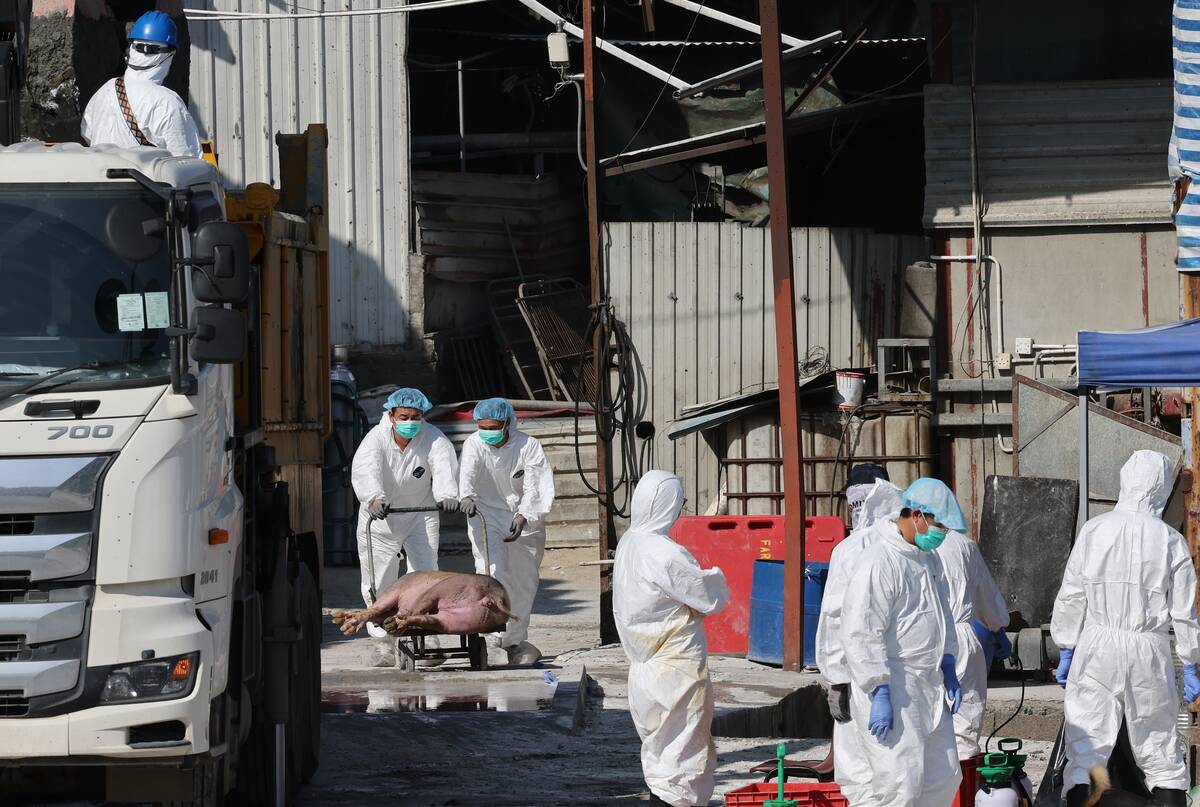STRATHMORE, Alta. — Crinkly- eyed and leather-faced is the trademark of a farmer.
But those same men with the weather-beaten profile could be at risk of a fatal skin cancer.
A study by Alberta Agriculture is trying to track the incidence of skin cancer among farmers.
There are no statistics on how many farmers are among the 3,600 people diagnosed with skin cancer in Alberta last year, said Karen Malyk, heading the research team.
Not only is Malyk looking for statistics, she wants to know farmers’ attitudes toward protection from the sun and if they’re making an effort to prevent sunburn.
Read Also

Mixed results on new African swine fever vaccine
The new African swine fever vaccine still has issues, but also gave researchers insight into how virus strain impacts protection against the deadly pig disease.
Along with the research there is a campaign to get farmers to wear protective clothing.
“Because farmers spend so much time in the sun we want to encourage them to wear more protective clothing,” she said.
That includes long-sleeved shirts, long pants, and hats that shade ears, necks and faces. They are also encouraged to use sunscreen with a protection factor of at least 15.
Farmers are being urged to trade in their baseball caps for something with a wider brim, or hats with a detachable flap that covers their ears and neck, said Maureen Bolen, rural development specialist for Alberta Agriculture.
Types of cancer
There are three types of skin cancer. Farmers are most susceptible to the non-invasive basal cell and squamous cell carcinomas that strike people who have short sun exposure over a long period of time.
The most serious form is melanoma, which can be fatal. It’s often seen in people who are sunburned only periodically.
Basal cell carcinoma may look like a pimple, but takes on the appearance of a shiny button. It commonly appears on the upper ear ridge, face and hands.
Squamous cell carcinoma is similar when it first appears, then enlarges and refuses to heal. It often appears on the lower lip where it could spread to the lymph nodes or hands, says a report from the Alberta Cancer Registry.
Melanoma appears as black mole-like spots but is sometimes brown with irregular pigment. It is potentially fatal because it invades surrounding tissue.
In the cancer registry’s latest figures from 1990, 261 people were diagnosed with malignant melan-oma. About 2,300 Albertans had the malignancy and most were under age 65.
Rarely fatal
For the same period almost 3,200 people were diagnosed with non-melanoma skin cancer and slightly more than half of the patients were men. Death from this cancer is very rare but the cancer registry said people are slow to report these growths so their figures may not be high enough.















